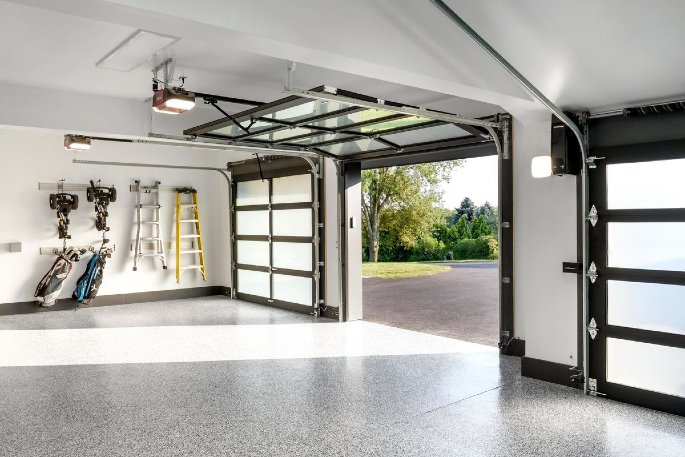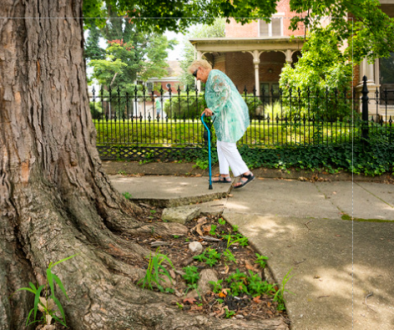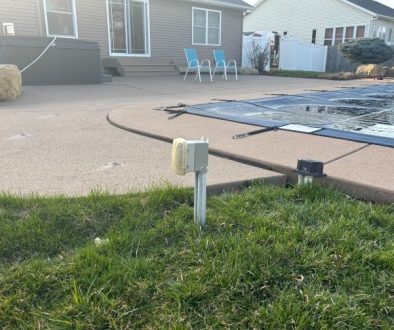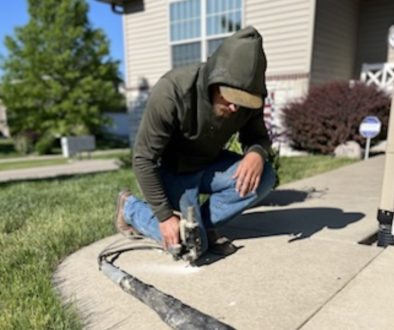How to Protect Your Newly Lifted Garage Floor
Your garage floor has been professionally lifted and leveled, restoring its stability and functionality. But how do you ensure it stays in top condition for years to come? One of the best ways to extend the lifespan of your repaired concrete garage floor is by applying a durable protective coating. In this guide, we’ll explain why polyaspartic coatings are the ideal choice and share essential maintenance tips for long-term protection.
Why Use Polyaspartic Coatings?
Polyaspartic floor coatings provide a superior layer of protection against everyday wear and tear. Unlike traditional epoxy coatings, polyaspartic coatings cure quickly, are highly resistant to stains and chemicals, and offer enhanced durability against heavy impacts. Here’s why they’re the best choice for your newly lifted garage floor:
- Seals and Protects – Polyaspartic coatings create a seamless, non-porous surface that prevents moisture penetration and protects against spills and stains.
- Resists Damage – Your garage sees a lot of traffic—from vehicles to heavy tools. This coating offers exceptional resistance to abrasion, cracking, and peeling.
- UV Stability – Unlike some coatings that yellow over time, polyaspartic coatings remain clear and vibrant, even in areas exposed to sunlight.
- Fast Curing – Traditional coatings can take days to dry, but polyaspartic coatings cure within hours, minimizing downtime and allowing you to use your garage sooner.
Best Practices for Maintaining Your Garage Floor
Once your newly lifted garage floor is coated with polyaspartic protection, following these simple maintenance steps will keep it looking and performing its best:
- Regular Cleaning
- Sweep or dust mop your floor weekly to remove dirt, sand, and debris that can cause surface abrasions.
- Mop with a mild detergent and warm water monthly to maintain a fresh appearance.
- Avoid harsh chemicals like bleach or acidic cleaners that can break down the coating over time.
- Protect Against Heavy Impact
- Place protective mats under heavy machinery, tool chests, or workbenches to prevent dents or chips.
- Use rubber pads under jack stands and car lifts to distribute weight evenly and prevent pressure marks.
- Prevent Stains and Chemical Damage
- Clean up oil, gasoline, and other automotive fluid spills immediately to avoid staining.
- Use a garage floor mat or drip tray under vehicles to catch leaks and spills.
- Minimize Tire Marks
- Hot tires can leave marks on the floor over time. To prevent this, allow your tires to cool before parking on the coated surface.
- Consider using tire mats in areas where vehicles are regularly parked.
- Address Seasonal Changes
- During winter months, road salt and de-icing chemicals can be tracked in and cause damage. Rinse your floor periodically with water to remove residue.
- Ensure proper drainage and ventilation in your garage to prevent excessive moisture buildup.
Long-Term Benefits of a Protected Garage Floor
Investing in a polyaspartic coating for your newly lifted garage floor not only enhances its appearance but also ensures long-term durability. With proper care and maintenance, your garage floor will remain smooth, resilient, and resistant to damage for years to come.
Looking to protect your concrete even further? Contact Concrete PolyFix today to learn more about our professional polyaspartic floor coating services!




